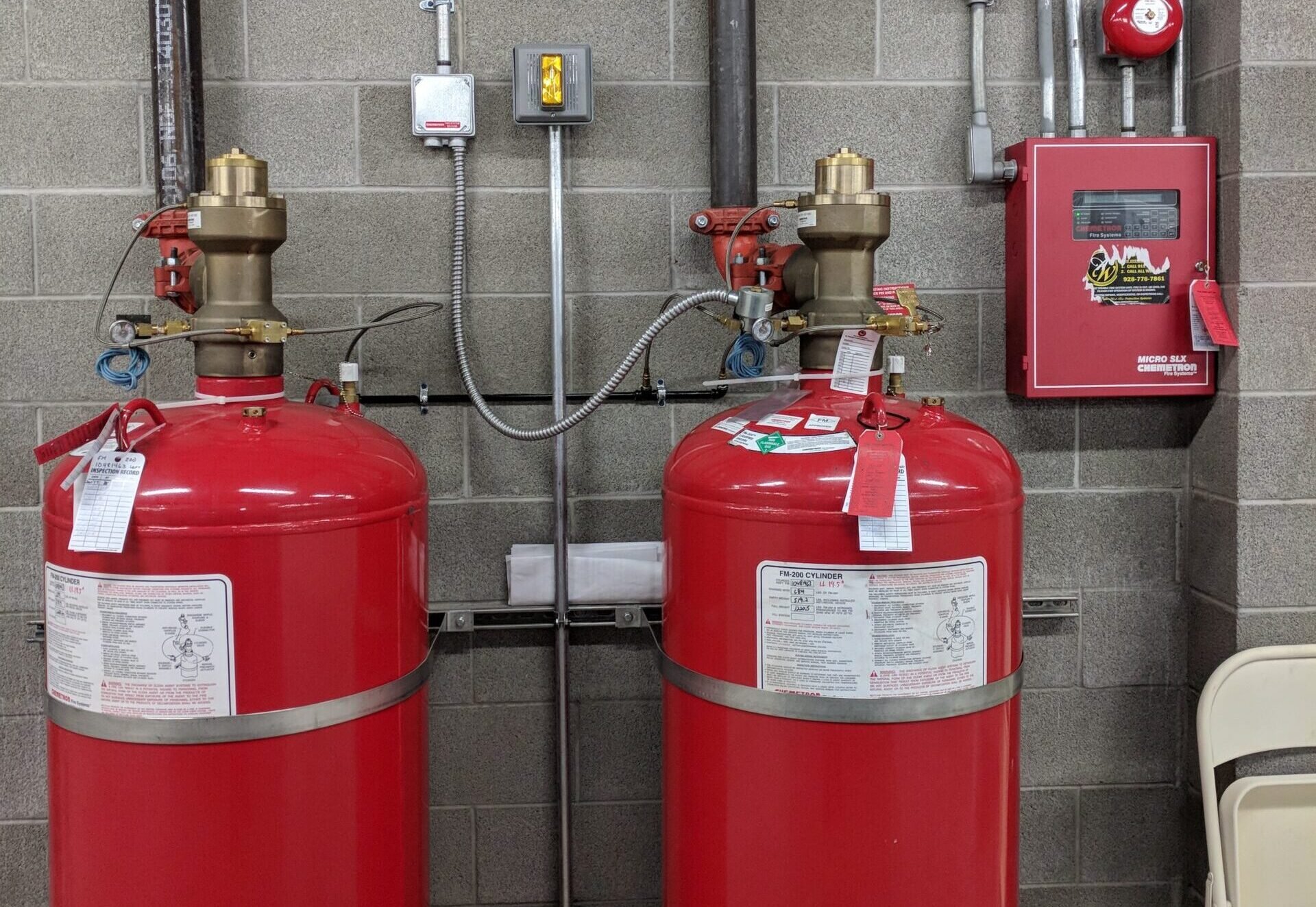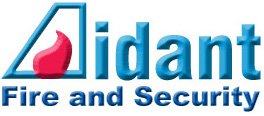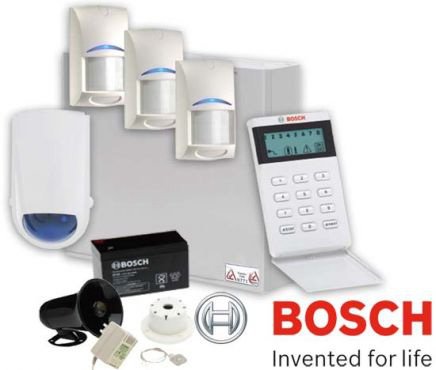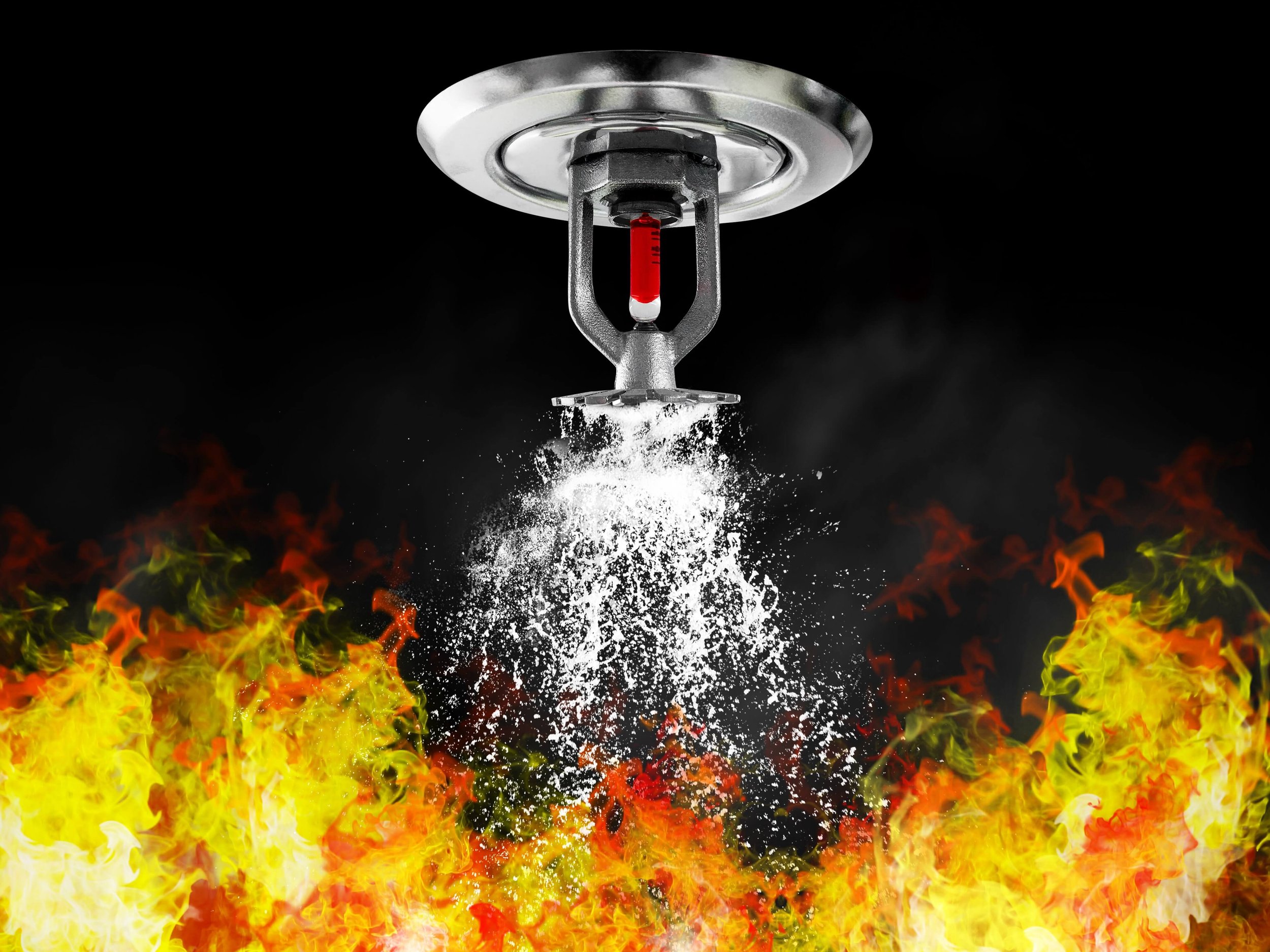
Fire Systems and Equipment
Aidant Fire and Security only partners with the best when it comes to our equipment manufacturers, we want to ensure that the equipment we install will properly protect our customers backed by quality manufacturers.
Fire Alarm Systems & Fire Alarm Panels
Fire alarm systems provide a means to identify a developing fire through automatic detection devices or manual pull stations and alert building occupants to a fire condition and the need to evacuate. These systems also automatically signal the fire department and can initiate automatic fire suppression systems. The control panel is the brain of the alarm system. Aidant proudly installs fire alarm systems by Potter and Edwards Vigilant brand.
Fire Suppression
Special Hazards Systems are used to protect areas, rooms, or equipment where the use of water based sprinklers may damage or destroy sensitive or valuable equipment and cause catastrophic down time . Aidant can custom design a fire suppression system to protect any environment whether it’s a state of the art data center, a jet engine test cell, or a vehicle paint spray booth, we will design the system to eliminate any business downtime or interruption and protect the most sensitive of equipment. Aidant proudly partners with Kidde Fire Systems to provide special hazard suppression solution.
Security Systems
Security systems protect your home or building from the threat of theft and intrusion, utilizing a range of detectors from motion detectors, glass break, door contacts, or video detection. Aidant has partnered with Bosch alarm systems and Honeywell Vista alarm systems to provide you with the highest level of protection.
Gas Detection Systems
A gas detection system is a system that detects the presence of potentially harmful gasses or the lack of oxygen in an area, often as part of a safety system and can range from one detector to dozens of detectors protecting large areas of facilities. A gas detector sounds an alarm to operators in the area where hazardous situation is occurring, allowing them to evacuate the area and is often interconnected to a fire alarm or 24-hour monitored system which initiates a response from emergency personnel.
Gas detectors can be used to detect combustible, flammable and toxic gases such as Carbon Dioxide, and oxygen depletion. This type of device is used widely in industry and can commonly be found in locations, including beverage dispensing systems in restaurants and convenience stores where CO2 is used for soda fountains, on oil rigs to monitor flammable gasses, or to monitor manufacturing processes where bulk gas storage leaks can cause oxygen displacement / depletion. Aidant proudly installs Analox gas detection system.
Emergency Responder Radio Systems
Also known as BDA/DAS, the ERRCS is a system in a building that receives external Public Safety radio signals and retransmits them within the building to ensure penetration in all areas. These spaces include stairwells, elevators, basements and other heavily shielded areas to ensure that first responders inside the building can communicate with others on the outside of the building to relay important potentially lifesaving information.
Fire Sprinkler Systems
A fire sprinkler system is a simple, but key, active component of a domestic or commercial building’s fire protection system. Installed in ceilings or side walls, the system consists of a water supply, a water distribution piping system and sprinkler heads. The sprinkler discharges water automatically when a fire is detected, though it is not triggered by smoke. It controls or extinguishes the fire, so is both a fire detection and suppression system. Sprinkler systems have been around since the late 19th century, when they were pioneered by Hiram Stevens Maxim. They are now extensively used worldwide, with over 40 million sprinkler heads fitted each year. A system will generally involve water being held under pressure in a network of pipes running through a building. There are four main types of fire sprinkler system: wet pipe, dry pipe, deluge, and pre-action.
In a wet pipe fire sprinkler system, the most common type in residential buildings, cold water is stored under pressure in the pipes and is released immediately by sprinkler heads when the predetermined heat level is reached. Dry pipe sprinkler systems take slightly longer to activate and are used in unheated/unoccupied buildings where pipes may freeze and burst. Nitrogen gas or pressurized air is stored in the pipes, connected to a water storage tank or main. On activation by a fire, the air leaks out of the pipes, causing the water to flow through the pipes to the sprinkler heads.






